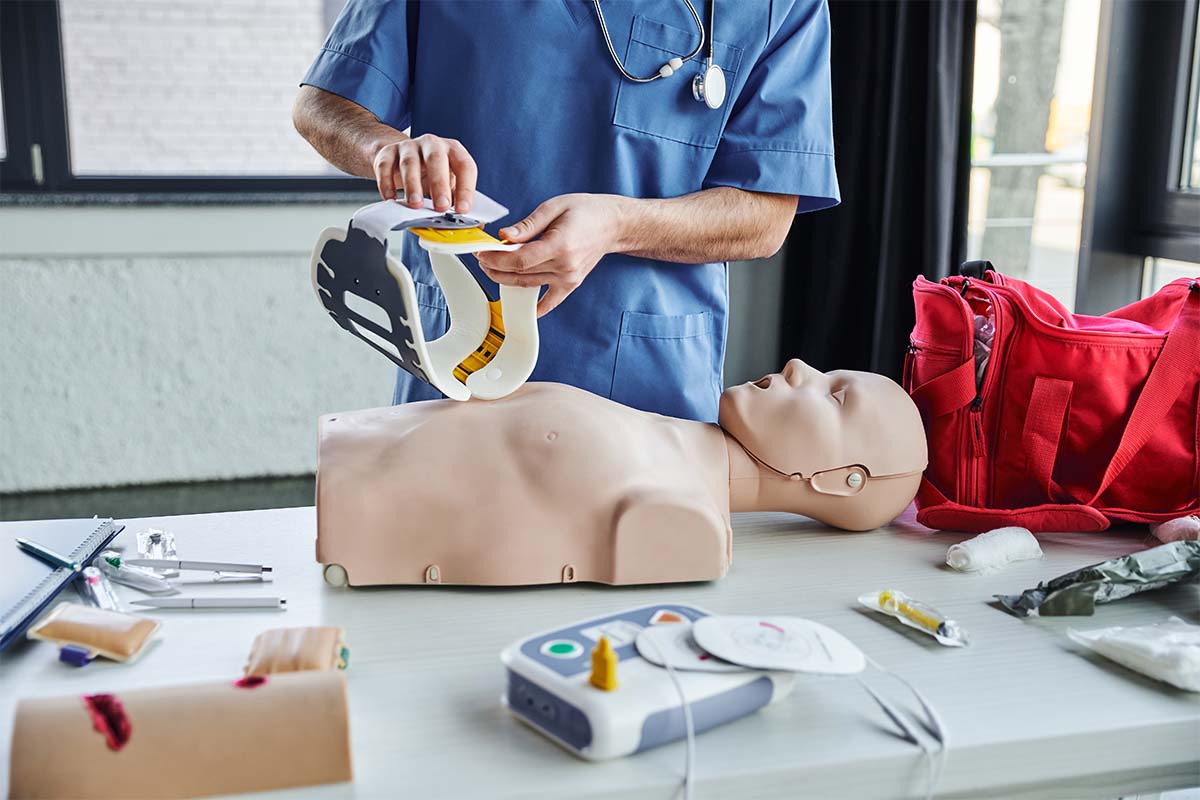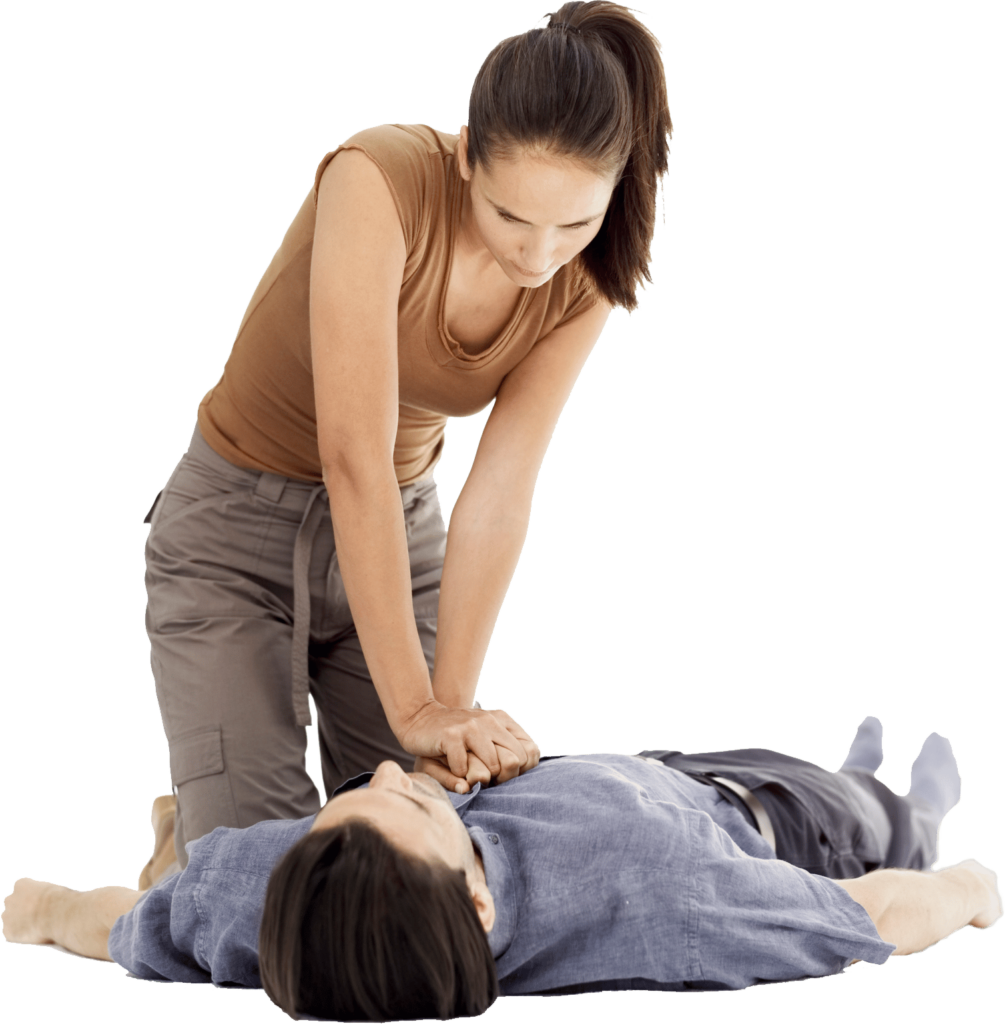

Understanding when and how to use Automated External Defibrillators (AEDs) on children versus adults is incredibly important for anyone involved in emergency situations. AEDs have become vital tools in increasing survival rates during cardiac events, but their proper use varies significantly depending on the age and physical differences between children and adults. In Dallas, many people are keen to learn these nuances to be better prepared to act swiftly and effectively when the situation arises.
Grasping the appropriate use of an AED can make the difference between life and death. When you’re in a scenario where quick action is necessary, having the right knowledge ensures you’re not only helping but doing so correctly. With insights into these differences, you’ll find yourself more confident in taking the right steps whenever faced with such emergencies.
An Automated External Defibrillator, commonly known as an AED, is a life-saving device used in emergencies when someone’s heart has stopped beating effectively. These devices analyze the heart’s rhythm and, if necessary, deliver an electrical shock to help the heart restore its regular rhythm.
So, how exactly does an AED function in emergencies? Here’s a simple breakdown:
– AEDs are designed to be user-friendly. Many models guide you through the process with voice prompts, instructing you on each step to ensure you’re doing it right.
– The primary goal of an AED is to reset the heart’s rhythm. During a cardiac arrest, the heart quivers instead of pumping, so the electrical shock can be the nudge it needs to start pumping normally again.
– They come with sticky pads, also known as electrodes, that are placed on the person’s chest. Once the pads are attached, the AED assesses the heart’s rhythm and advises if a shock is needed.
AEDs are crafted to bridge the critical time gap between heart failure and professional medical intervention. Their accessibility in public spaces like schools and sports facilities ensures that help is not far away during urgent situations. It’s encouraging to know that these devices have been pivotal in saving countless lives worldwide.
Recognizing the effortless operation and clear instructions that come with AEDs gives many people the courage to step in and help. Whether you’re waiting for a paramedic or at the scene of a crisis, having this device on hand empowers you to take essential action promptly. In Dallas, with its community-focused mindset, more and more people are realizing the importance of understanding these devices to keep themselves and others safe.
When it comes to using AEDs, understanding the physical and physiological differences between children and adults is key. Children are not just smaller versions of adults—they have distinct anatomical and developmental characteristics that impact how medical interventions are applied. For instance, the thickness of the chest and the placement of the heart in the body vary significantly between children and adults. Because of these differences, AEDs must be applied differently to ensure effectiveness and safety.
AEDs are thoughtfully designed to cater to both age groups. Many devices come with child and adult settings or electrode pads that adjust the current based on the patient. While some AEDs have a switch or button to toggle between these settings, others provide separate pads for children, automatically modifying the shock delivered. Such features ensure that the right amount of energy is used depending on whether the patient is a child or an adult.
Using an AED on a child without the recommended settings could result in ineffective treatment or even lead to injury. Therefore, knowing these distinctions can significantly affect the outcome of such critical interventions. Being familiar with how AEDs adapt to the size and weight differences between adults and children prepares users to act confidently and correctly when faced with such urgent scenarios.
Taking the right steps when using an AED is crucial for making it work as intended. Although AEDs are intuitive and guide users throughout the process, knowing the distinct steps for children and adults can significantly smoothen the procedure.
Here’s a general guide to consider when using AEDs on children and adults:
1. Children:
– Use pediatric pads if available to ensure the shock is appropriately adjusted.
– Place one pad on the center of the chest and the other on the child’s back if the pads risk touching due to the child’s size.
– Ensure the device is set to pediatric mode if applicable.
2. Adults:
– Use standard pads and place them according to the instructions on the device—often one pad on the upper right chest and the other on the lower left side.
– Double-check that the device is set to adult mode when necessary.
Focusing on these simple guidelines helps streamline the process, giving the individual a better chance at recovery. Remember, the AED will provide instructions as you go through these steps, so don’t hesitate to let the device assist you.
Recognizing the benefits of AED training, particularly in a vibrant community like Dallas, can’t be overstated. The proper use of an AED can considerably increase survival odds in cardiac emergencies, making such training invaluable. Gaining this knowledge doesn’t just benefit individuals but also strengthens community safety.
In Dallas, AED training programs are made accessible, offering flexibility in schedule and location. This accessibility ensures that more people can learn how to handle emergency situations, improving the overall safety of the area. By committing to such a course, you’ll not only know how to use an AED but also how to remain calm and act swiftly when every second counts.
Ensuring that you’re equipped with proper AED training takes preparation to another level. This isn’t just about having the skill set; it’s about having the confidence to use those skills in life-threatening situations. With thorough training that aligns with current guidelines, you’re not just interceding when needed but doing so with well-placed assurance.
Through participating in training, you’ll connect with a network of people who are committed to making a difference. This community effort reflects a collective stand to actively improve emergency response capabilities within Dallas. While this alone is commendable, it signifies much more—a proactive stance towards safeguarding the well-being of everyone around you.
Ready to enhance your life-saving skills? Join Rapid CPR Dallas for comprehensive training that equips you with the best practices for managing cardiac emergencies. Discover how AED training in Dallas can prepare you to make a difference when it’s needed most. Take the first step toward certification and ensuring the safety of those around you.

